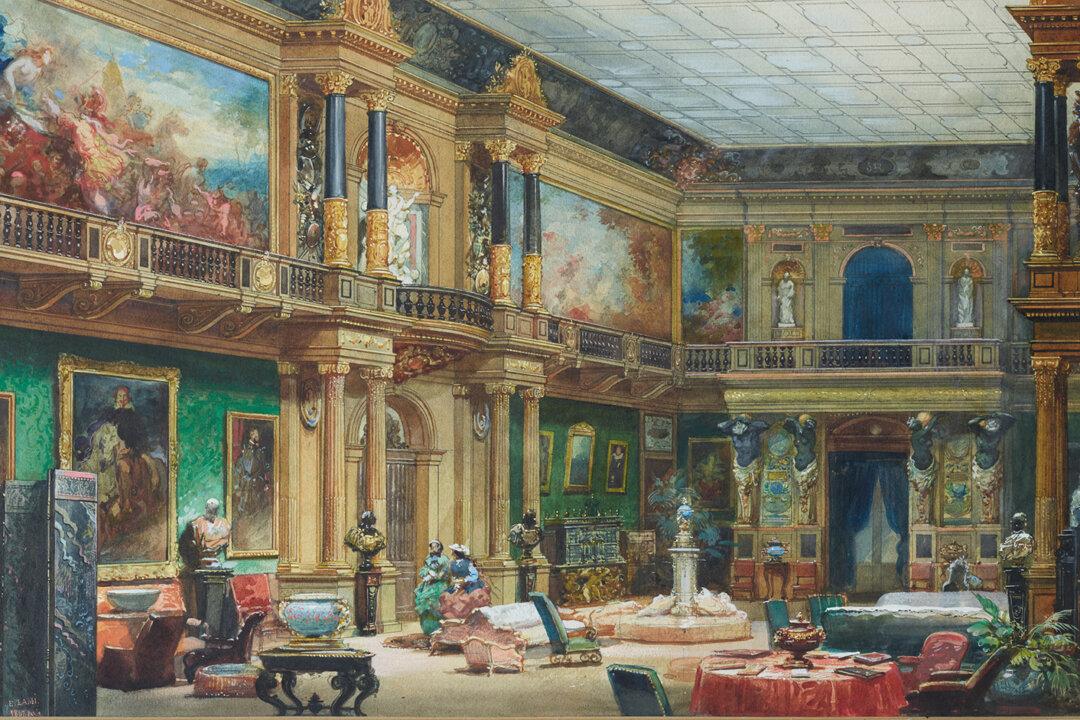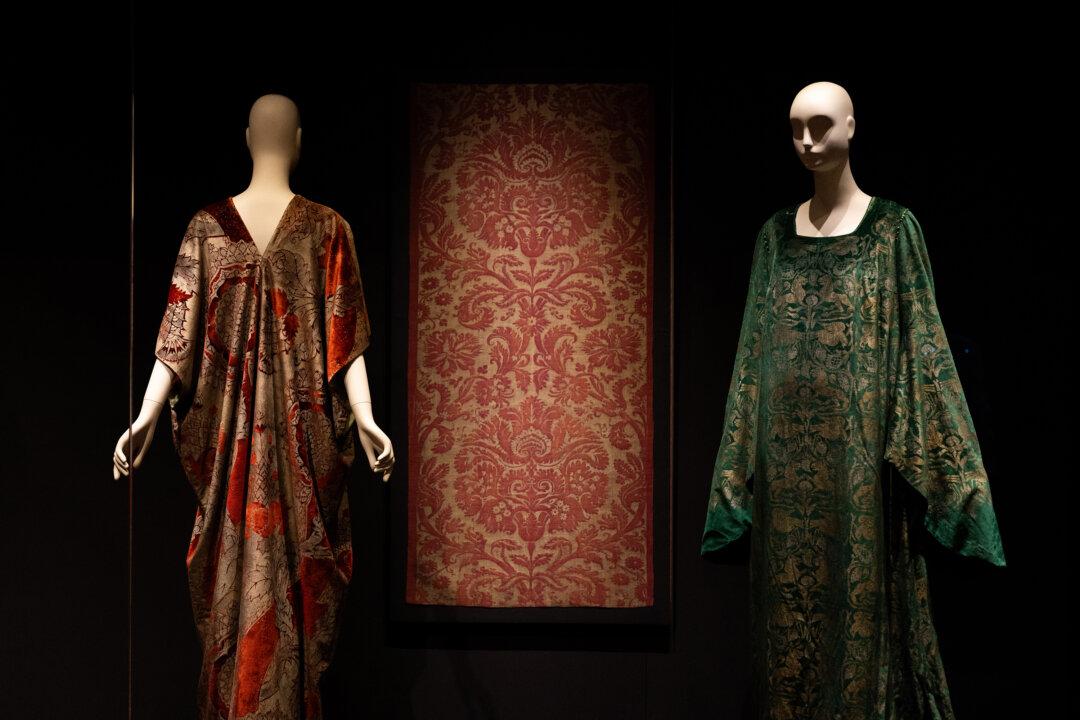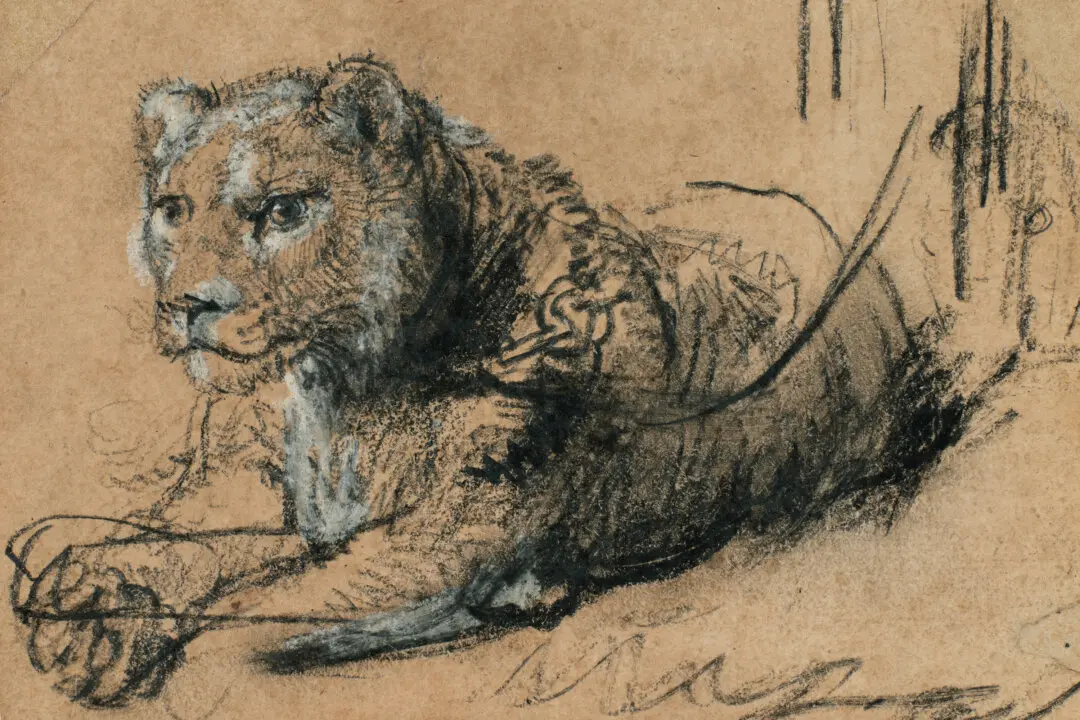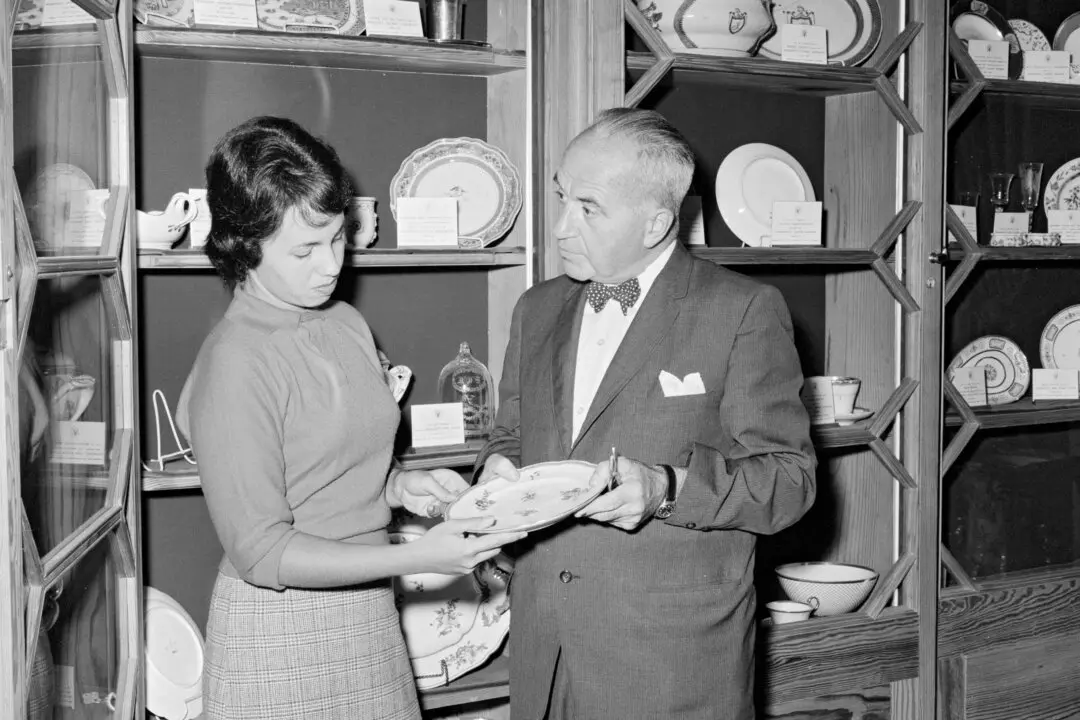In the mid-18th century French novel “The Sofa: A Moral Tale,” the soul of a courtier is magically transferred from his body to a sofa: As a piece of furniture in a room, he witnesses the goings-on of the human inhabitants and later recounts his observations to the court’s ruler. If furnishings and fine and decorative arts could really talk, the narratives of the over 600 lots in the October “Rothschild Masterpieces” four-part sale at Christie’s New York would provide an earful.
Short of this, one can fortunately rely on comprehensive auction house cataloguing to provide a tangible connection to the artistic and social value of these works, as well as the role they played in history.





